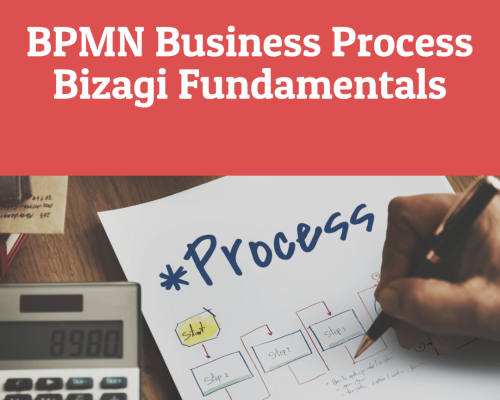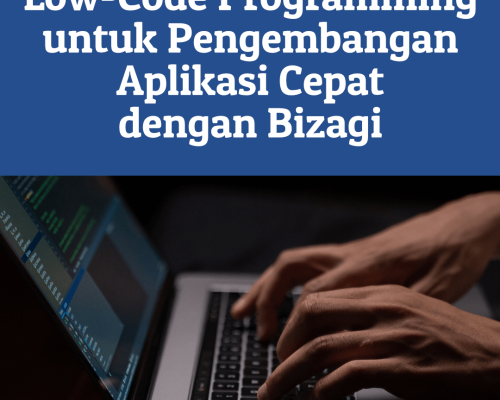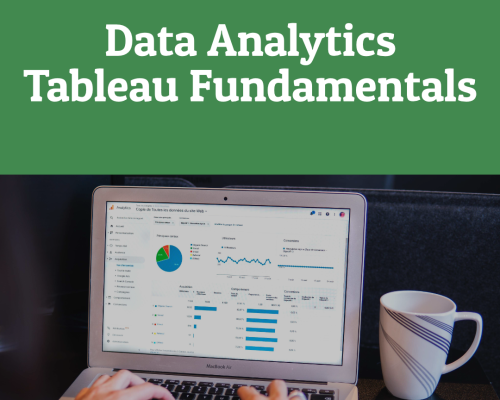
Praktik pengembangan backend software menggunakan bahasa pemrograman Go Language. Dilengkapi dengan pembahasan studi kasus terkait installasi environment, pembuatan pernyataan Golang Basic, serta pembuatan Concurrency & Goroutins untuk menjalankan banyak function secara bersamaan
CONTENT
1. System Programming GOLang
1.1. System Calls
1.1. System Calls Using Go Programming Language
1.2. Accessing proc File System
2. Containers
2.1 Simple Containers
2.2. Containers with Networking
2.3. Docker Security
3. Application Security
3.1. Gosec and AST
3.2. Scorecard
4. Networking
4.1. Simple Networking
4.2. System Networking
4.3. Google gopacket
4.4. Epoll Library
5. Terminal User Interface
5.1. ANSI and UI
5.2. TUI Framework
6. Linux System for GO Language
6.1. Systems Fundamentals
6.2. Cadvisor Fundamentals
Course Features
- Lectures 0
- Quizzes 0
- Duration 4 days
- Skill level All levels
- Language English
- Students 0
- Certificate No
- Assessments Yes




